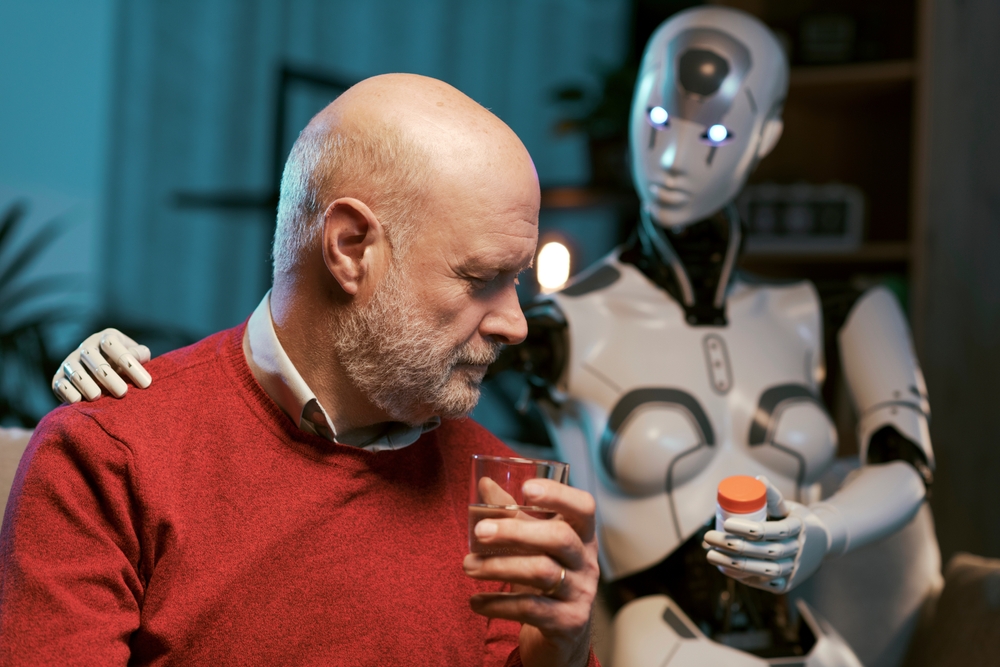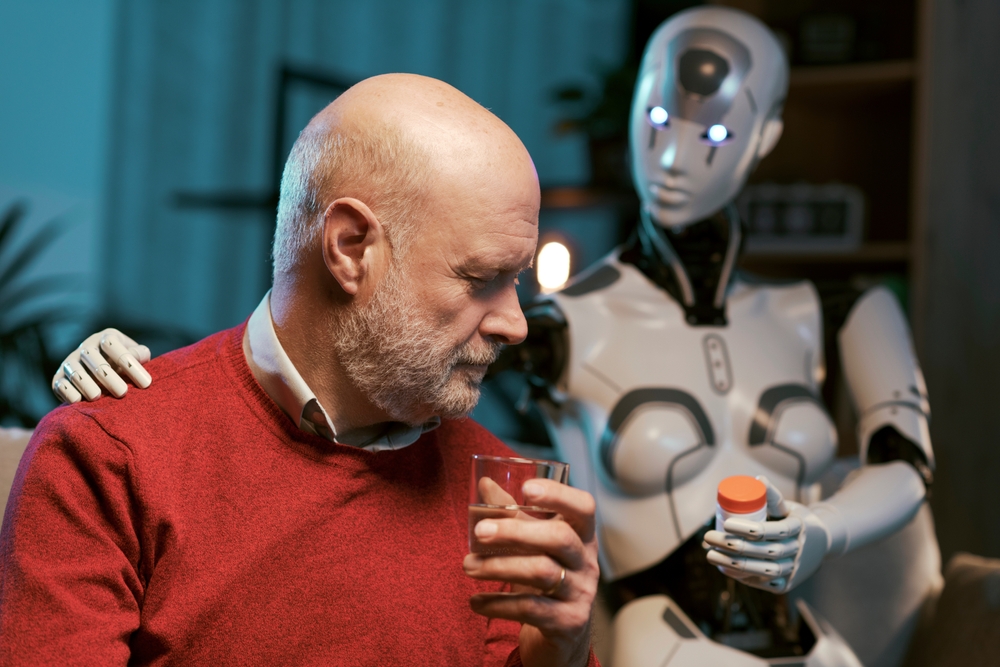
Aging in Place: How Modern Technology Enhances Independent Living , As the old saying often attributed to Bette Davis goes, “Getting old ain’t for chicks.” For most people, aging is much better if they can stay in their own homes as they age, something called “aging in place.”
But for many older people, especially those with some degree of cognitive impairment, staying at home is not a realistic option. The good news is that modern technology can change that.
Data-driven home care devices
For more than a decade, researchers at the Oregon Center on Aging and Technology, part of Oregon Health & Science University (OHSU), have been collecting data that can track people’s health and well-being as they age.
One such initiative, CART (Collaborative Aging Research using Technology), collects data on people from diverse backgrounds and uses that data to better understand how health changes over time.
Another initiative, AI-Caring (acronym for this tidbit: AI Institute for Collaborative Assistance and Responsive Interaction for Networked Groups), is a research institute focused on artificial intelligence and funded by the National Science Foundation.
It involves a collaboration between five universities: Georgia Tech, Carnegie Mellon University, Oregon State University, University of Massachusetts Lowell and OHSU. The institute aims to develop artificial intelligence systems to help aging adults (including those diagnosed with mild cognitive impairment) and their caregivers.
Ultimately, the goal of these programs is to develop technologies that keep people independent as long as possible as they age, explains Jeffrey Kay, MD, director of OHSU Layton’s Center for Aging and Alzheimer’s Disease. What might this technology look like?
To begin with, it may look like nothing more than a small doorbell. Soon it may look like a robot.
Read more: A closer look at AI and disease diagnosis
Aging in place products
One of the reasons people need to move into assisted living, even in the early stages of cognitive decline, is that they are likely to forget important things like turning off the stove or closing the front door.
Sonia Chernova, an interactive computing expert at Georgia Tech University, is the lead principal investigator with AI-Caring. She describes a standard array of sensors that can monitor such things and alert a caregiver if, say, someone leaves the stove on. Keeping tabs on the fridge can also help. If the refrigerator hasn’t been opened all day, it could be a sign that the person isn’t eating, Chernova says.
Programmable electronic pill boxes can ensure the right medications are taken at the right time and even alert caregivers if a dose is missed. Smart scales can track weight, body fat, heart rate and even room temperature, providing data for researchers and real-time information for doctors and caregivers.
Read more: How AI will change medicine forever
In a more sophisticated system, Chernova says, home sensors using AI could detect what’s normal for a person, then alert someone if something changes. For example, say you always pick up your mail in the afternoon. If one day you do it at three in the morning, the system will notice this change and send an alert.
These sensors can, of course, be programmed to suit the needs of people and their caregivers. AI-Caring teams are currently testing what features people want. For example, they found that patients generally preferred a medication reminder to ask, “Did you take your medication today?” rather than, “Remember to take your medication.”
It seems like a small difference, but these kinds of details can change how the entire system is perceived, Chernova says. It also puts more leeway in the patient’s hands, which after all is aging in place.
The future of assistive robots
Researchers are also looking at how assistive robotics can be used to help people age in place. A robot, Chernova says, could enable relatives and caregivers who don’t live nearby to check in and help via telepresence, similar to health care providers with telehealth.
Soon, robots may be able to help around the house by doing simple chores and carrying items. Chernova says these robots aren’t used in people’s homes yet, but her team is looking at ways the robots can help. I stretch, I stretchdesigned by Hello Robot, is a platform developed specifically for home care, Chernova says.
One day, your caregiver may be a robot—and that robot may be what allows you to age in your own home.
Read more: How to maintain your exercise routine into old age

